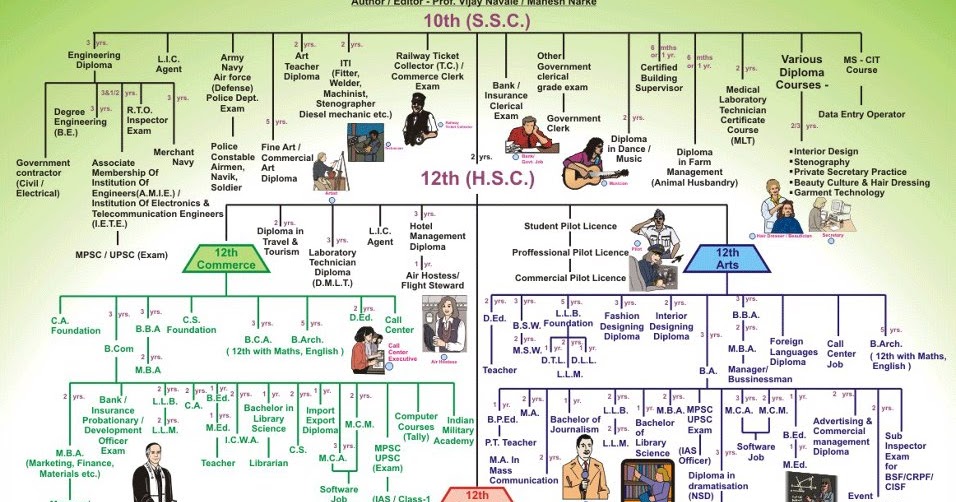

They have public health roles, for example, advising on immunisation strategies. Medical virologists also study the pharmacology of, and the development of resistance to, antiviral agents(5). They work in laboratories, outpatient clinics, hospital wards and the community to manage, for example, HIV/AIDS and hepatitis B. Medical virologists lead the prevention, diagnosis and management of viral infections. They promote antibiotic stewardship and measures to limit the spread of infection and monitor patterns of infectious disease incidence. Additionally, medical microbiologists have public health roles. They advise on treatment and monitor patients following its implementation. They combine work in laboratories, hospital wards and outpatient clinics to advise on the most appropriate samples to collect to diagnose an infection and utilise microscopic examination and biochemical and molecular tests to identify infectious agents(5). Medical microbiologists lead the prevention, diagnosis and management of diseases that are caused by microorganisms. Presently, traditional microscopy is employed but novel modalities which allow samples to be shared digitally may result in more remote or centralised working instead of histopathology departments in smaller hospitals(4). Histopathologists have infrequent patient contact and work in laboratories and mortuaries.

The work area is extensive and, consequently, histopathologists generally focus on specific parts of the body.(4) They have a central role in cancer screening and diagnosis. Histopathologists diagnose disease by microscopic examination of biopsies. Haematologists diagnose and treat disorders of the blood and bone marrow in persons of all ages.3 Examples of conditions managed by haematologists are anaemia, leukaemia and haemophilia. Chemical pathology is a very small specialty chemical pathologists may be solitary members of this specialty within a hospital. Examples of outpatient clinics led by clinical pathologists are lipid clinics and metabolic bone clinics.Ĭhemical pathologists also have leadership roles in biochemistry laboratories. They care for patients, primarily adults, with metabolic disorders in wards or outpatient clinics. In 2017, 54% of pathologists were women1.Ĭhemical pathologists analyse body fluids, for example blood and urine, to detect chemical changes2. Pathologists employ a multidisciplinary model work is conducted in teams comprising, for example, biomedical scientists, GPs and other doctors, including doctors of the other pathology specialties.Įxtensive medical knowledge is requisite and favourable key skills are an analytical mindset, effective communication and dexterity. These are chemical pathology, haematology, histopathology, medical microbiology and medical virology. There are five specialty jobs within pathology. This identification of the disease process informs all patient care. Pathologists are at the interface of science and medicine and prevent, diagnose and treat disease by examining body fluids and tissue samples.


 0 kommentar(er)
0 kommentar(er)
